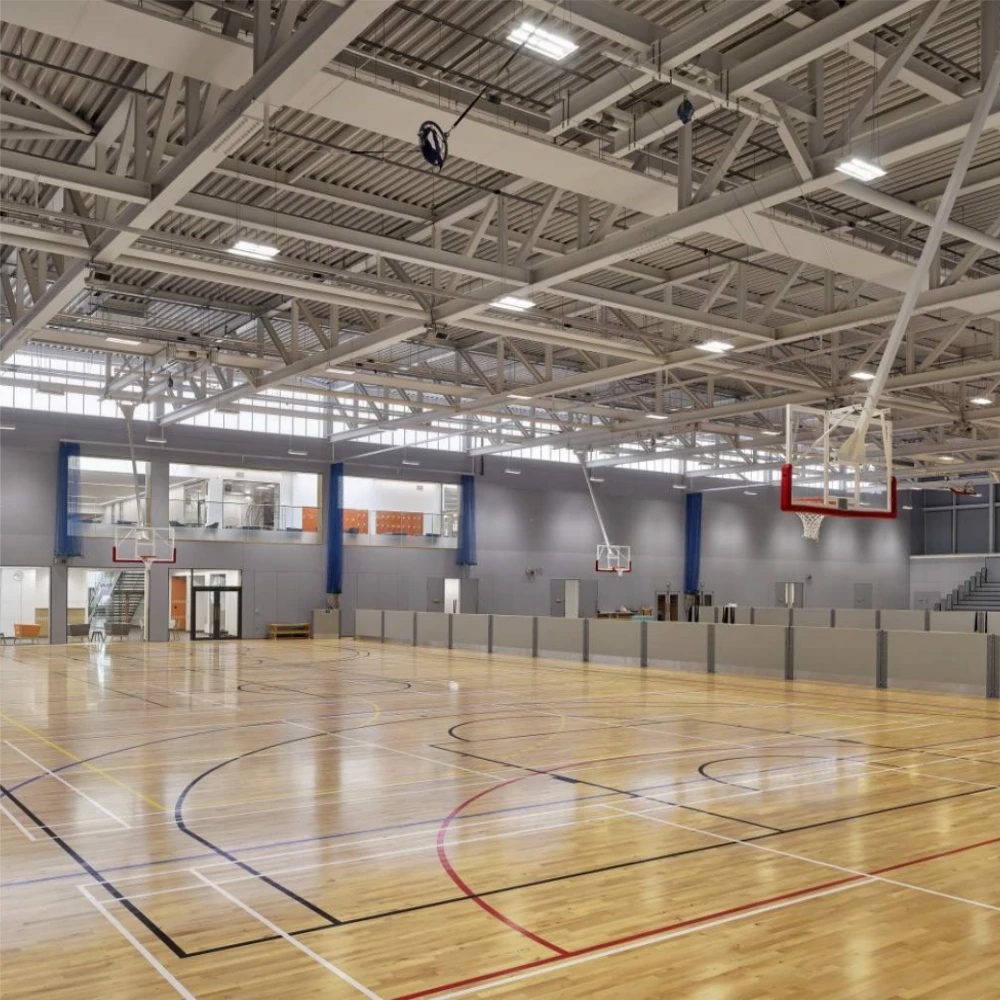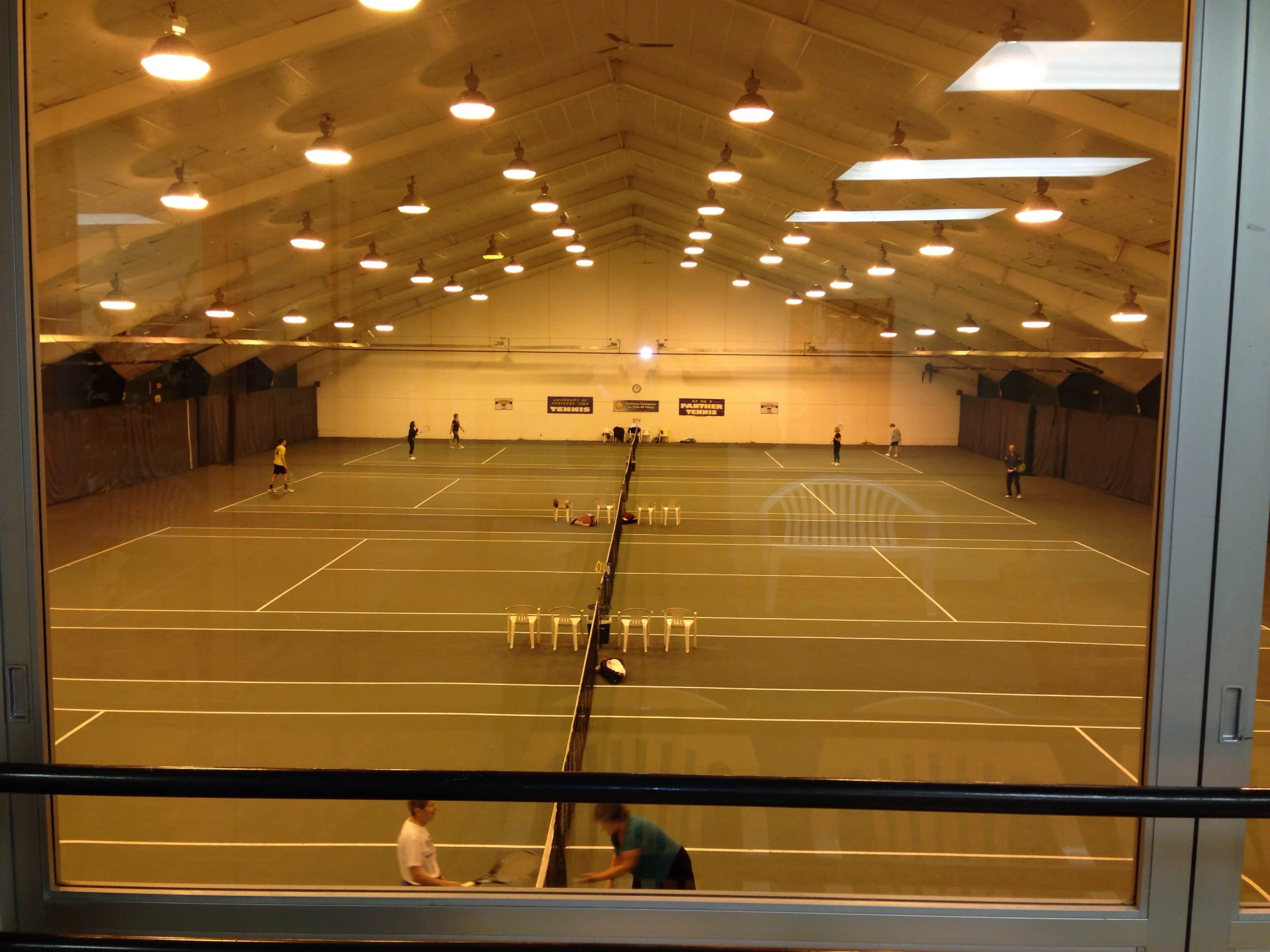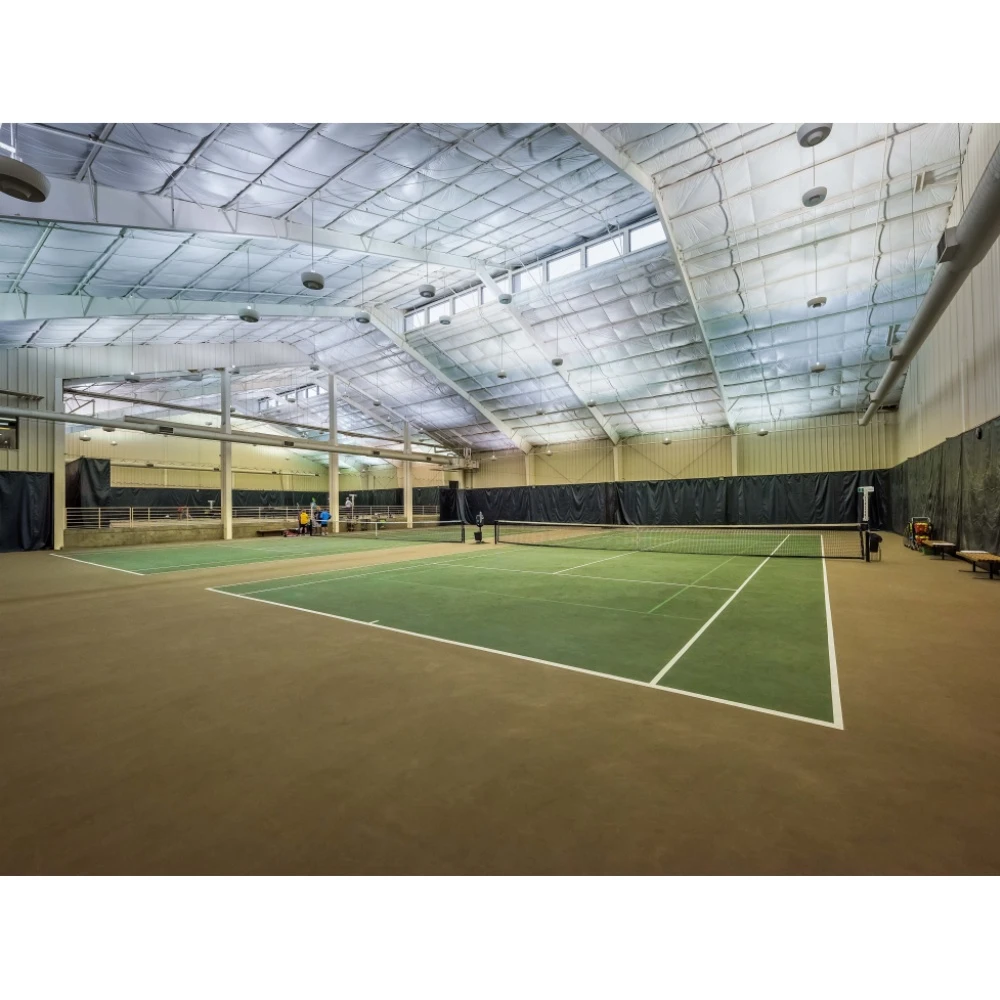- Afrikaans
- Albanian
- Amharic
- Arabic
- Armenian
- Azerbaijani
- Basque
- Belarusian
- Bengali
- Bosnian
- Bulgarian
- Catalan
- Cebuano
- Corsican
- Croatian
- Czech
- Danish
- Dutch
- English
- Esperanto
- Estonian
- Finnish
- French
- Frisian
- Galician
- Georgian
- German
- Greek
- Gujarati
- Haitian Creole
- hausa
- hawaiian
- Hebrew
- Hindi
- Miao
- Hungarian
- Icelandic
- igbo
- Indonesian
- irish
- Italian
- Japanese
- Javanese
- Kannada
- kazakh
- Khmer
- Rwandese
- Korean
- Kurdish
- Kyrgyz
- Lao
- Latin
- Latvian
- Lithuanian
- Luxembourgish
- Macedonian
- Malgashi
- Malay
- Malayalam
- Maltese
- Maori
- Marathi
- Mongolian
- Myanmar
- Nepali
- Norwegian
- Norwegian
- Occitan
- Pashto
- Persian
- Polish
- Portuguese
- Punjabi
- Romanian
- Russian
- Samoan
- Scottish Gaelic
- Serbian
- Sesotho
- Shona
- Sindhi
- Sinhala
- Slovak
- Slovenian
- Somali
- Spanish
- Sundanese
- Swahili
- Swedish
- Tagalog
- Tajik
- Tamil
- Tatar
- Telugu
- Thai
- Turkish
- Turkmen
- Ukrainian
- Urdu
- Uighur
- Uzbek
- Vietnamese
- Welsh
- Bantu
- Yiddish
- Yoruba
- Zulu
Nov . 20, 2024 16:11 Back to list
Metal Buildings as Residential Homes A Modern Solution
In recent years, the demand for alternative housing solutions has surged, driven by the rising costs of traditional construction, the pursuit of sustainable living, and the desire for unique architectural designs. Among the various options available, metal buildings have emerged as a compelling choice for residential homes. This article explores the benefits, challenges, and aesthetic possibilities of metal buildings in residential construction.
Metal buildings, typically constructed from steel or aluminum, offer numerous advantages that appeal to homeowners and builders alike. One of the primary benefits is durability. Metal structures are resistant to various environmental factors, including extreme weather, pests, and rot, which can be significant advantages over traditional wood-frame homes. This resilience translates to lower maintenance costs and a longer lifespan, making metal buildings a smart investment.
Metal Buildings as Residential Homes A Modern Solution
Sustainability is a prevalent concern in modern construction, and metal buildings offer eco-friendly options. Many metal buildings are made from recycled materials and can themselves be recycled at the end of their lifespan. Their energy efficiency can also be enhanced through proper insulation, reducing heating and cooling costs. With the growing trend towards green building practices, metal structures align well with the objectives of sustainable living.
metal buildings as residential homes

On the aesthetic front, metal buildings are no longer relegated to the industrial look of the past. Today, architects and designers are experimenting with contemporary designs that incorporate metal buildings into residential neighborhoods beautifully. With various finishes, colors, and architectural styles available, homeowners can achieve a personalized look. Features such as large windows, rooftop gardens, and innovative layouts coupled with metal exteriors are redefining the perception of what a metal home can be.
However, despite these advantages, there are challenges to consider. Sound insulation can be a concern, as metal can amplify noise more than traditional building materials. Homeowners may need to invest in additional soundproofing materials to ensure a comfortable living environment. Moreover, the initial cost of metal building kits can be higher than conventional materials, although the long-term savings in maintenance and energy efficiency can offset this.
Insurance can also present challenges since some insurers may view metal buildings differently. It’s essential for homeowners to work with knowledgeable agents to find appropriate coverage that reflects the unique characteristics of a metal home. Furthermore, local zoning regulations and building codes may present hurdles, and prospective buyers need to ensure that their plans comply with local ordinances.
In conclusion, metal buildings represent a modern alternative for residential living, offering advantages such as durability, efficiency, and sustainability. While challenges exist, the benefits can outweigh them, particularly when approached thoughtfully. As more people seek innovative and cost-effective housing solutions, the appeal of metal buildings as residential homes will likely continue to grow. With advancements in design and building technology, the future of metal residential living looks bright and promising, paving the way for unique homes that blend function, sustainability, and style.
-
How Do Prefabricated Steel Structures Transform Modern Construction?
NewsJul.14,2025
-
How Do Prefabricated Metal Buildings Redefine Modern Construction?
NewsJul.14,2025
-
How Do Prefab Insulated Metal Buildings and Steel Structures Revolutionize Modern Construction?
NewsJul.14,2025
-
How Do Pre - Engineered Steel Structures Redefine Modern Construction?
NewsJul.14,2025
-
Advancing Modular Construction with Prefabricated Metal Structures
NewsJul.14,2025
-
Advancing Industrial Infrastructure with Prefabricated Steel Solutions
NewsJul.14,2025
Products categories
Our Latest News
We have a professional design team and an excellent production and construction team.












